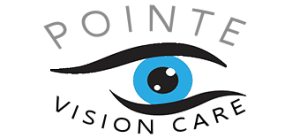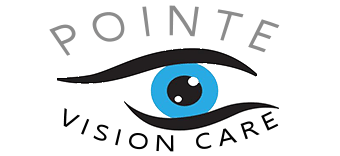Diabetic Macular Edema
Diabetic Macular Edema (DME) is an accumulation of fluid in the macula part of the retina that controls our most detailed vision abilities—due to leaking blood vessels. In order to develop DME, you must first have diabetic retinopathy. Diabetic retinopathy is a disease that damages the blood vessels in the retina, resulting in vision impairment. Left untreated, these blood vessels begin to build up pressure in the eye and leak fluid, causing DME. DME usually takes on two forms:
- Focal DME, which occurs because of abnormalities in the blood vessels in the eye.
- Diffuse DME, which occurs because of widening/swelling retinal capillaries (very thin blood vessels).
Diabetic Retinopathy and DME are common problems for diabetics. Roughly 8% of the U.S. population is diabetic, and about 28% of those diabetics have eye trouble because of it.
DME Risk Factors
- Those who have had diabetes for an extended amount of time
- Severe hypertension (high blood pressure)
- Fluid retention
- Hypoalbuminemia (low levels of protein in body fluids)
- Hyperlipidemia (high levels of fats in the blood)
DME Symptoms
Common symptoms of DME are blurry vision, floaters, double vision, and eventually blindness if it goes untreated.
Treatments for DME
The treatments for focal and diffuse DME differ, but they both involve laser procedures. Most doctors use focal laser treatment to treat focal DME and grid laser treatment to treat diffuse DME. The goal of both kinds of procedures is to stop the leakage in the macula.
DME Procedure Recovery
Normal recovery time after a DME procedure is 3-6 months. As the eye heals and the swelling in and around the macula subsides, you may experience sensitivity to light, irritation in the eye, and black spots in the center of your vision. These are normal side effects, and they will likely disappear with time. Unfortunately, laser surgery does not always provide improved vision to those with DME.
Prevention
Sometimes, there is nothing you can do to prevent diabetic retinopathy or DME, but your best chance at avoiding them comes by maintaining a healthy lifestyle, exercising regularly, eating lots of vegetables and fruit, and visiting your eye doctor at least once a year to stay on top of your eye health.
Information received through VSP Vision Care channels is for informational purposes only and does not constitute medical advice, medical recommendations, diagnosis or treatment. Always seek the advice of your eye doctor, physician or other qualified health provider with any questions you may have regarding a medical condition.
Article ©2020 Vision Service Plan. All rights reserved. Reproduction other than for one-time personal use is strictly prohibited. This article was originally published at https://www.vsp.com/eyewear-wellness/eye-health/diabetic-macular-edema


